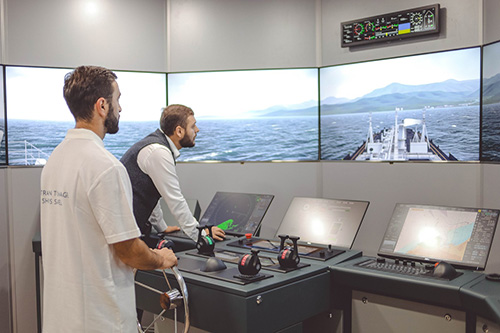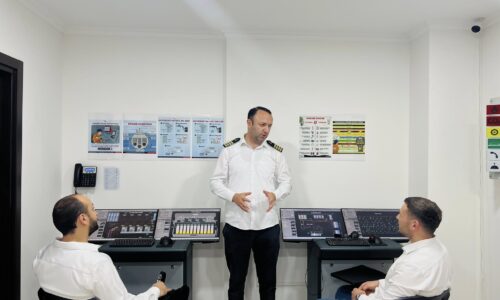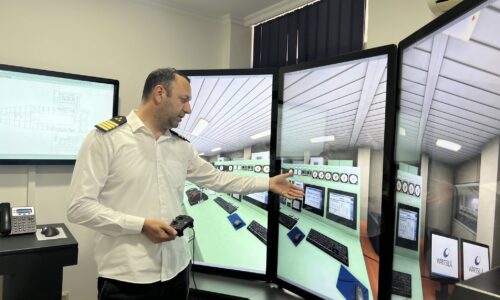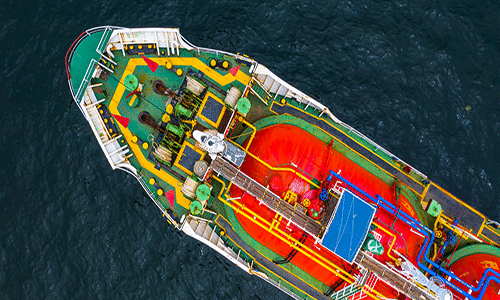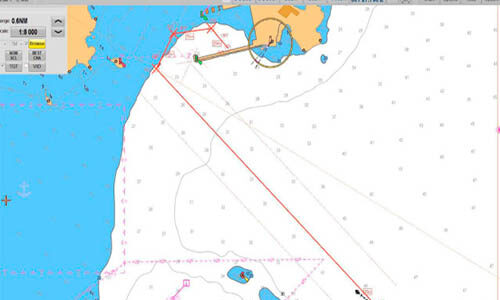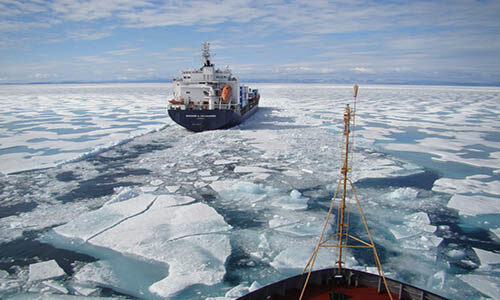Training Program covers the requirements of the STCW Convention.
Passing the training program, trainee must:
- Know, how to manoeuvre approaching to pilot station taking into account time, tide and braking track conditions;
- Be able to handle ship manoeuvring in rivers, estuaries and sailing in confined waters, taking into account tide, wind and shallow water under keel influence on manoeuvrability of the vessel;
- Be able to manoeuvre in shallow water taking into account change of under keel clearance due to squat, rolling or pitching;
- Be aware of interaction between moving vessels, as well as own ship interaction with coasts (bank effect);
- Be able to perform mooring and unmooring with or without tug boat assistance in wind, current or tidal conditions;
- Understand interaction between ship and tug;
- Know how to use power and manoeuvring systems;
- Know how to make decisions about use of anchors for ship handling and manoeuvring to decide place of anchorage, and need to know factors influencing needed anchor chain length;
- Know situations when the anchor is dragging and be able to clear the anchor;
- Be able to manoeuvre and handle the ship in stormy weather conditions;
- Understand the importance of handling ship in slow speed, to escape damage from waves from behind;
- Be able to dock and vessels in good condition.
In order to enter into the presented training program, trainee must represent:
- Certificate of Competency, Education Certificate or Certificate of Proficiency;
- Seamen’s book or Civil passport or ID;
- Medical Certificate or medical certificate form 100(for coastal water area seafarers’);
- The Certificate confirming not less than 12 months sea going practice experience.
| Duration | 42 hours |
| language | English |
| Students | 1-8 |
| Quizzes | - |
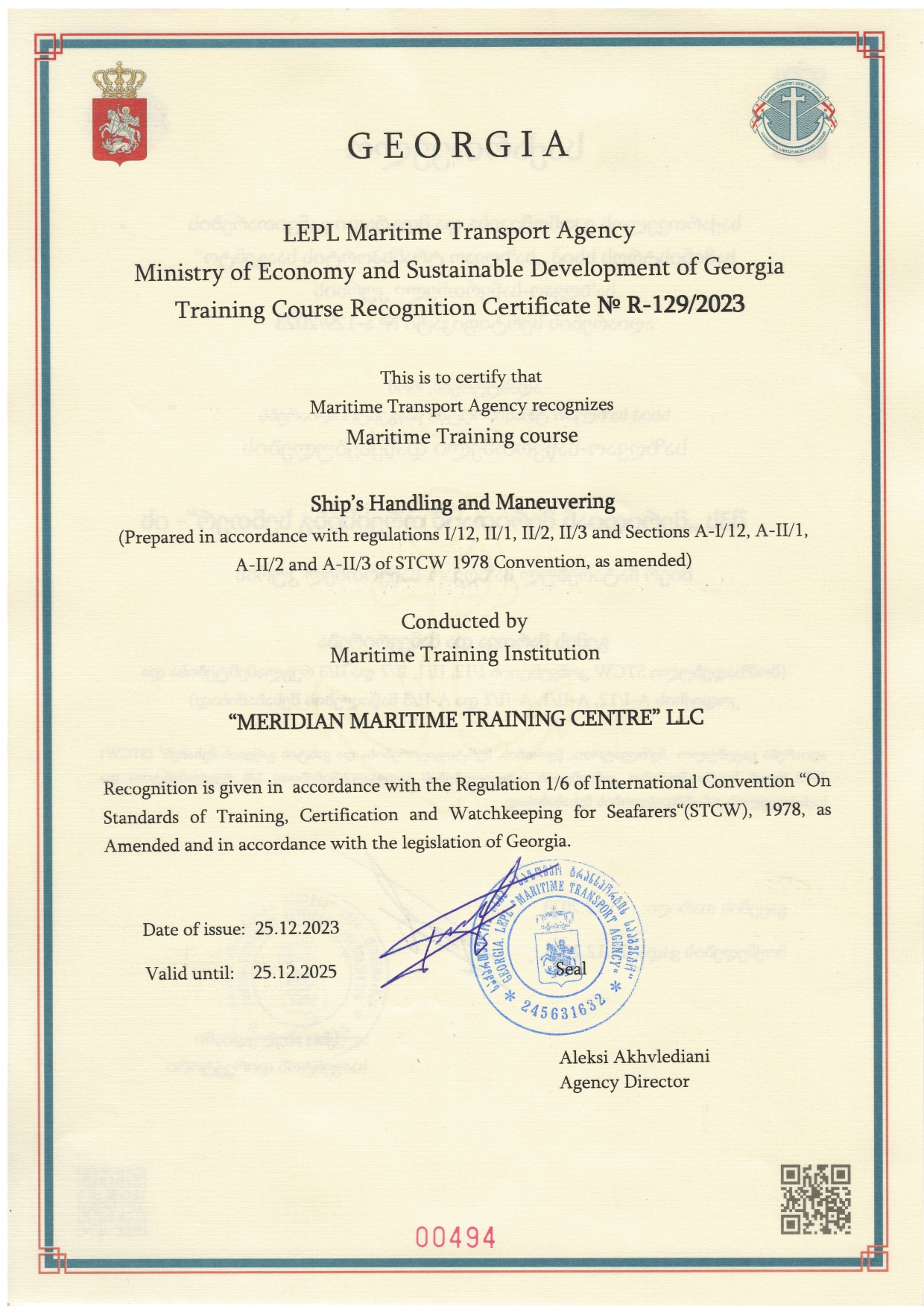
Course Features
- Lecture 0
- Quiz 0
- Duration 10 weeks
- Skill level All levels
- Students 0
- Assessments Yes


